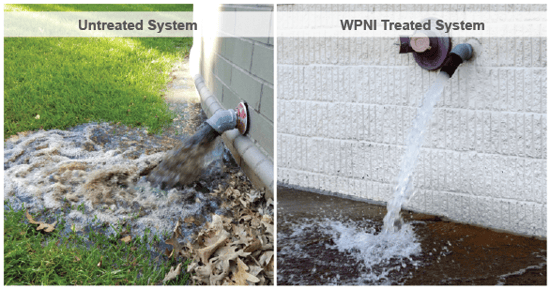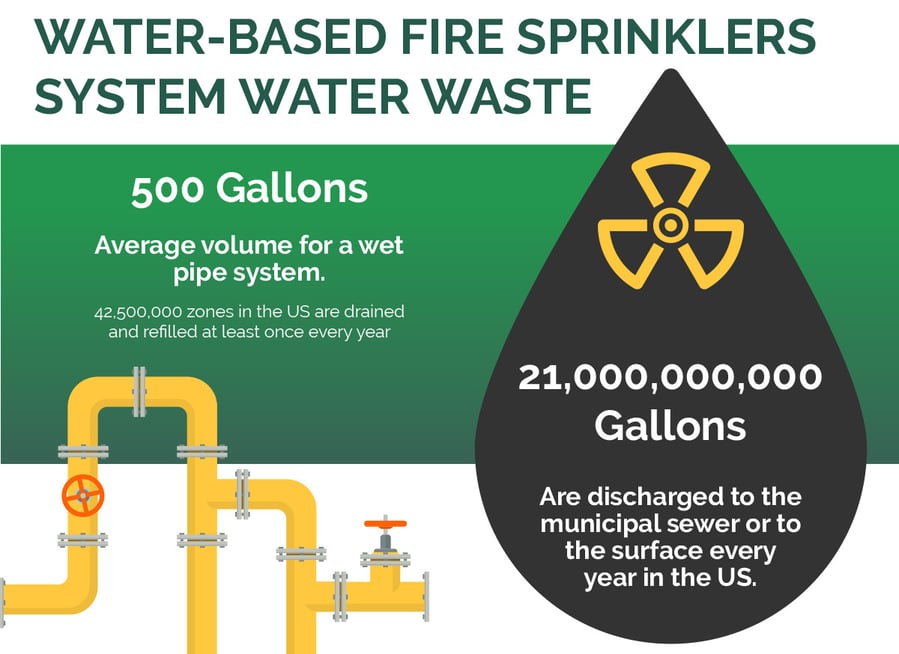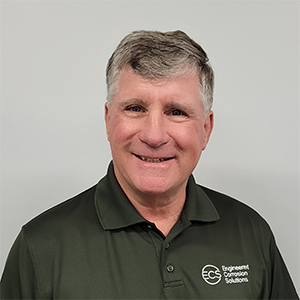California is experiencing a fresh water crisis. It is estimated it will take 50 years for Central Valley aquifers in California to naturally refill if the water drawdown for irrigation was stopped immediately. As it is, farmers must continually deepen their wells as water levels fall. More than 1200 wells that provide drinking water for homes in California have "gone dry." Water conservation measures are in place to limit the usage of fresh water in all California cities.
Groundwater depletion is not the only problem. For the past few years, a lack of rainfall and elevated temperatures have resulted in “extreme/exceptional” drought conditions throughout California and a large swath of the Western US. Access to and the availability of fresh water is becoming a global problem.

Water-based fire sprinkler systems are generally filled with fresh water from municipal water sources. Anyone who works in the fire protection industry knows that the quality of water drained from a sprinkler system is always quite different from the pristine drinking water that originally filled it. Aged sprinkler water is often discolored (orange, brown, or black), malodorous, and filled with slime and sludge. Water drained from the systems is generally sent to the sewer. It is never reused.
The degradation of fire sprinkler water quality is always the result of oxygen corrosion that occurs within the piping. Oxygen in the piping corrodes the sprinkler pipe to produce several results:
- Pitting of the metal piping – reduced service life due to leaks
- Production of insoluble metal sludge (oxides)
- Proliferation of bacteria that consume the metal sludge
- Degradation of water quality
Activities that require draining of water-based fire sprinkler systems:
- Periodic flow testing to verify hydraulic performance
- Modifications and remodels of the buildings
- Repair of damaged or leaking sprinkler systems
Approximately 50% of the installed wet pipe systems (42,500,000 zones) in the US are drained and refilled at least once every year. If the average volume for wet pipe systems is 500 gallons, that would mean that more than 21 billion gallons of fresh water from wet pipe sprinkler systems are being discharged to the municipal sewer or to the surface every year. This is fresh drinking water that is not available for other municipal requirements.

In 2009, a process was developed that completely stops oxygen corrosion within water-based fire sprinkler systems. The process uses nitrogen gas to displace oxygen creating a non-corrosive “nitrogen inerted” atmosphere within the piping. Water drained from a nitrogen inerted sprinkler system retains its crystal-clear drinking water quality. Fresh water can be reused.
Integration of a water capture tank for the purpose of reusing the water from a drained system can be easily accomplished. Keeping the entire water capture system under a nitrogen atmosphere will ensure that oxygen is not introduced to the system to cause corrosion.
Sustainability Benefits of Nitrogen Inerting
- Extended useful life of installed (existing) fire sprinkler systems
- Reduced risk associated with leaking fire sprinkler systems
- Reduced risk of plugging sprinklers with sludge during a fire event
- Reduced discharge of toxic metals (zinc from galvanized piping)
- Ability to reuse fresh water that is drained from the system
For further reading regarding these sustainability practices, please see our White Paper – Environmental and Sustainability Considerations for Controlling Corrosion in Water-Based Fire Sprinklers.
To learn more about how you can take safety precautions in your own space, contact ECS experts today.



